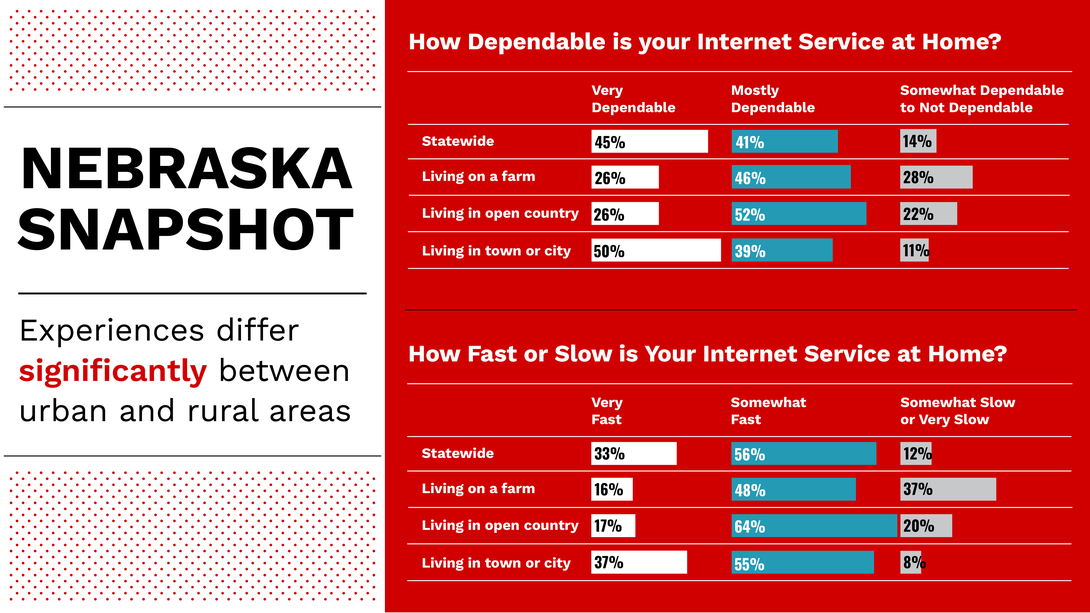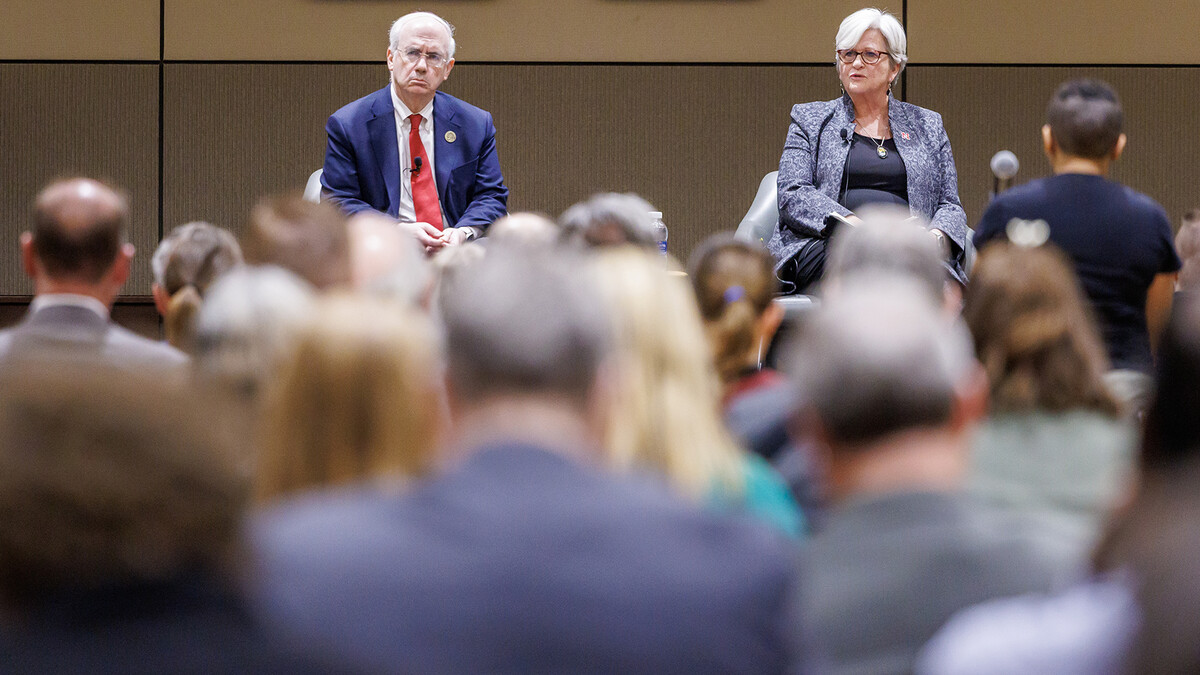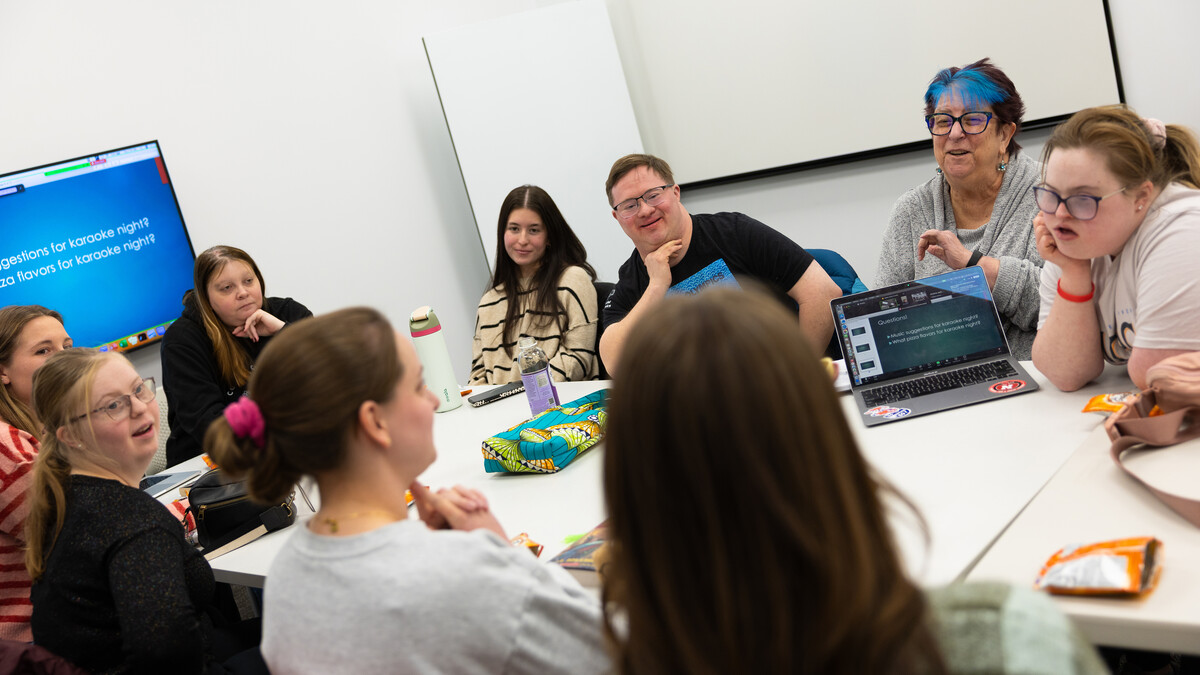
A University of Nebraska–Lincoln survey shows a majority of Nebraskans report mostly or very dependable internet access, but disparities persist between urban and rural residents.
In the latest Nebraska Snapshot from the Bureau of Sociological Research, 45% of statewide respondents said they have very dependable internet, with 41% of Nebraskans reporting mostly dependable access. Only 14% said their internet was somewhat dependable to not dependable at all. The Nebraska Snapshot is released every other month and shares data from the most recent Nebraska Annual Social Indicators Survey, conducted by the bureau.
When accounting for place of residence, only 26% of Nebraskans living on a farm or in open country each reported having very dependable internet. Further, 46% of those living on a farm reported mostly dependable internet, and 28% reported having somewhat to not dependable internet. For those in open country, 52% reported mostly dependable internet, compared to 22% reporting somewhat to not dependable internet.
In contrast, 50% of those who lived in a town or city reported having very dependable internet, with 39% rating their internet mostly dependable and only 11% reporting somewhat to not dependable internet.
Internet speed also varied by place of residence. Statewide, 33% reported very fast internet, and 56% reported somewhat fast internet. In towns and cities, 37% said they had very fast internet, in contrast to only 16% of those living on a farm and 17% of those in open country. Additionally, 37% of those living on farms reported having somewhat or very slow internet, compared to 20% living in open country and only 8% of those living in a city or town. A majority of those living in towns and cities, on farms and in open country reported having somewhat fast internet — 55%, 48% and 64%, respectively.

Noteworthy differences among age groups, income levels and education level were also found.
Internet access, and specifically broadband, has been a priority in Nebraska for several years, and gains are being made to connect more of the state’s residents. Among the efforts is the Nebraska Broadband Bridge Program, created by the Legislature in 2021. It allocated $20 million to be distributed as grants to telecommunications companies for expansion of broadband service to areas of Nebraska that were unserved or underserved by slower internet speeds. The state also received federal funding for increasing broadband access through the American Rescue Plan Act of 2021 and the bipartisan infrastructure act passed in 2023. In the last quarter of 2023, the Nebraska Broadband Office estimated there was $1.9 billion in funding to expand access across the state.
The Nebraska Annual Social Indicators Survey is used by researchers, state entities and policymakers, but also includes a core questionnaire that delves into demographics, quality of life measures, educational attainment and community satisfaction, among other variables. These core questions will inform most of the Nebraska Snapshot series.
All Nebraska Snapshots are available online. To include research questions on the next NASIS administration, email bosr@unl.edu.







